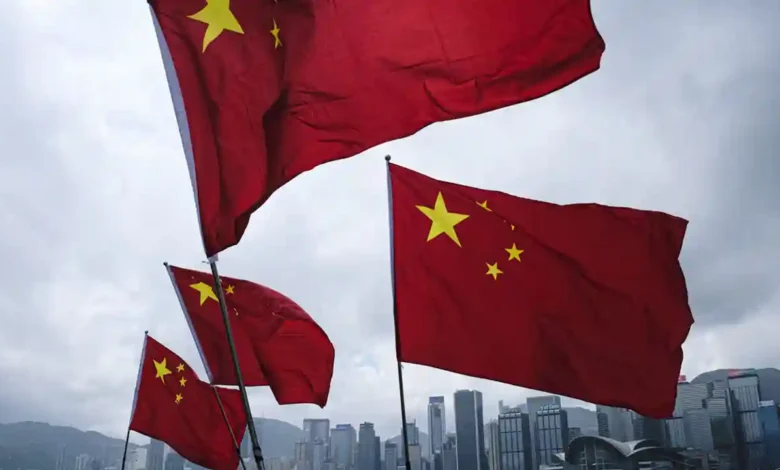China’s Belt and Road Initiative: The Core of Global Economic Strategy

The United States has imposed sanctions on China for allegedly supplying weapons, equipment, and ammunition to Russia in support of its military campaign in Ukraine. This conflict raises complex questions about global politics, economic interests, and media bias. At the heart of these developments is China’s global economic strategy, which emphasizes infrastructural development and the transformation of the international order.
Despite consuming coverage through a predominantly biased Western media lens, critics argue that Russia’s actions have not reached the scale of brutality displayed by Israel. The West’s provision of weapons to Israel and its potential contribution to war crimes in Palestine underscores this contradiction. Even as Emmanuel Macron criticized Israel’s actions, he continued to supply lethal weapons to the country, highlighting the inconsistency in Western foreign policy.
Amidst this turmoil, familiar questions resurface. What about the investments, IMF bailouts, and surging global markets? Sanctions and wars seem to exacerbate social, political, and economic disturbances, yet the economic interests underpinning these conflicts often go unaddressed. China’s global economic strategy, embodied in the Belt and Road Initiative (BRI), stands out as a critical factor in reshaping the global landscape.
Read Also: BRICS and Pakistan
Over the past decade, China has prioritized infrastructural and urban development as a cornerstone of its strategy to reshape the international order. The book The Belt and Road City delves into this effort, which aims to revitalize and reconnect the ancient Silk Roads that linked much of the world before Western dominance. The narrative positions China at the center of a new international order, driven by Chinese power, norms, and values. China’s global economic strategy under the BRI demonstrates how infrastructure and urban development serve both domestic and foreign policy goals.
While the United States condemns Russia’s actions in Ukraine, critics highlight the selective application of condemnation, particularly toward Israel’s actions in Palestine. The West’s continued supply of lethal weapons to Israel exposes glaring contradictions in its moral stance.
Beyond geopolitics, economic interests hold considerable weight. IMF bailouts and market surges indicate that these factors frequently outweigh political and social considerations.
China’s Belt and Road Initiative (BRI) stands out as a transformative force in reshaping the global economic order. Launched in 2013, the BRI seeks to reconnect Afro-Eurasian regions by recreating the ancient Silk Road through massive infrastructure investments. This ambitious project focuses on building roads, railways, ports, and digital infrastructure to foster economic cooperation and development among participating countries. These efforts highlight China’s global economic strategy, aiming to drive economic growth, create jobs, and enhance living standards.
Read Also: Sexual Harassment – No More
Moreover, China has established institutions such as the Asian Infrastructure Investment Bank (AIIB) to facilitate financial cooperation and support its projects. As China’s influence grows, the BRI is reshaping the global economic order, challenging traditional Western dominance and paving the way for a multipolar world.
While the BRI offers the potential to foster a new era of globalization, it also comes with challenges. Critics point to significant environmental and social risks, including increased global warming, deforestation, air pollution, and habitat destruction. For instance, projects under the BRI are projected to contribute to a 3°C rise in global temperatures, potentially pushing over 100 million people in Asia into extreme poverty. Additionally, the debt incurred by host countries due to large-scale BRI projects could hinder their ability to invest in sustainable development, creating a cycle of financial dependency.
Economically, the BRI is expected to increase trade flows among participating countries by 4.1% and reduce global trade costs by 1.1% to 2.2%. It could also boost global GDP by up to $7.1 trillion annually by 2040. However, the long-term environmental and social costs must be addressed.
In conclusion, the Belt and Road Initiative is a defining feature of the 21st-century global economy. Its potential to drive economic growth and cooperation is undeniable, but the associated risks demand careful management. As the global order continues to evolve, China’s global economic strategy remains central to the conversation about the future of globalization.
 Quraitulain Qureshi
Quraitulain Qureshi
Quraitulain Qureshi is a seasoned journalist and a dedicated CSS mentor. She combines her deep understanding of current affairs with a passion for guiding aspiring civil servants. You can reach her at 1995faded@gmail.com